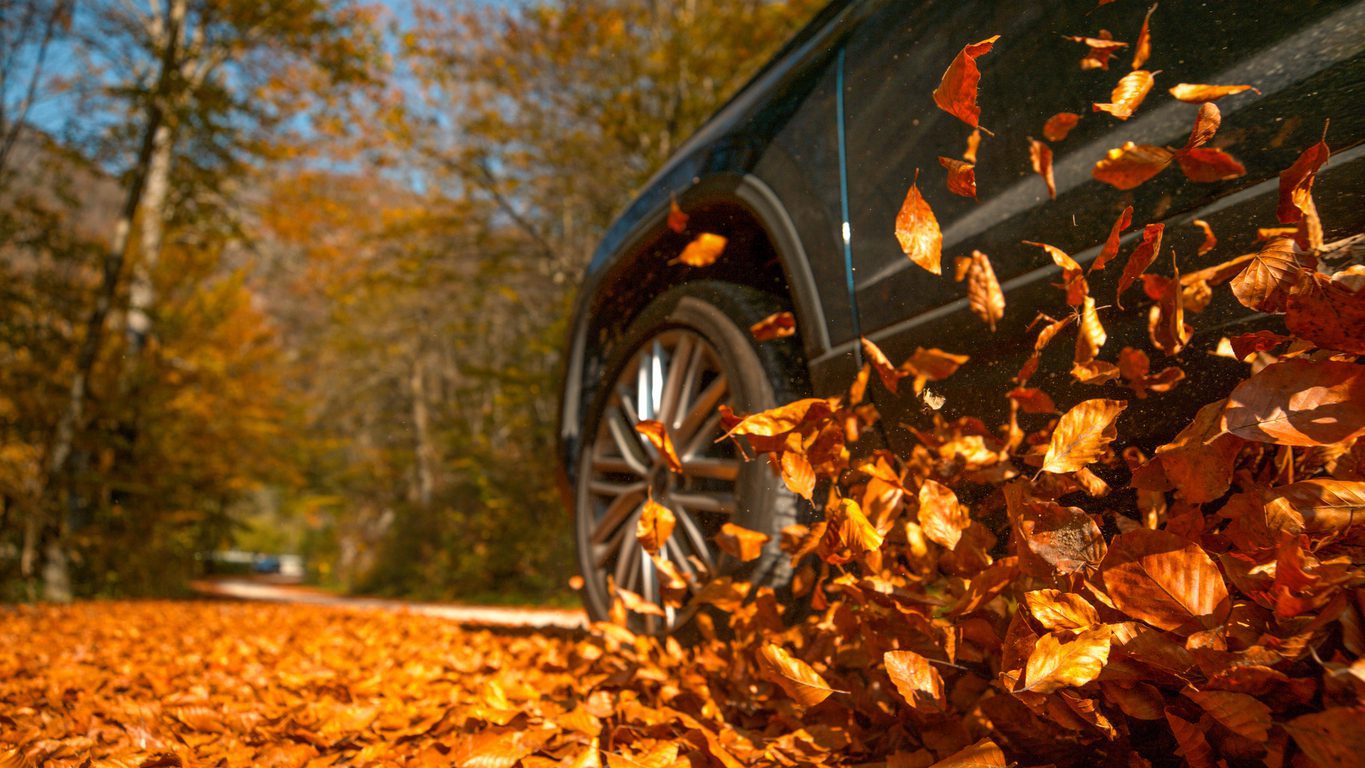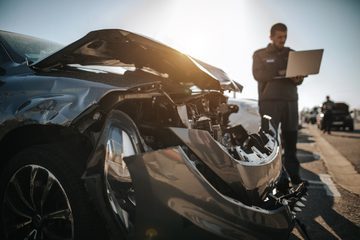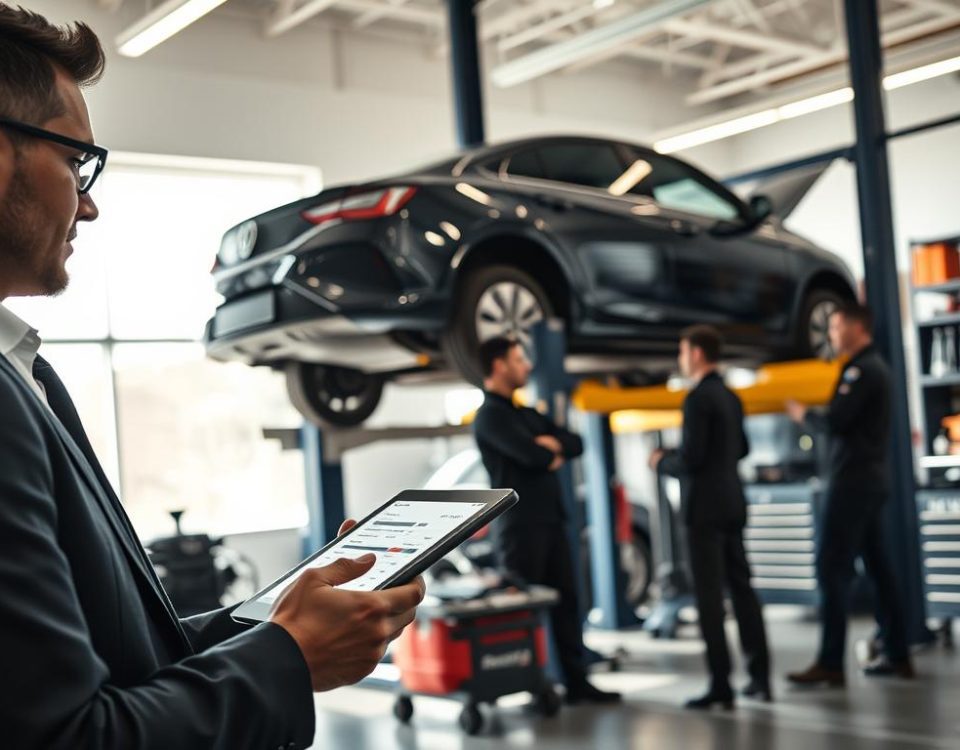
What Technicians Do in Auto Collison Repairs

Driver Behaviors That Can Lead to Car Accidents
Flat tires and engine problems are some of the problems that can be experienced if a car does not undergo routine maintenance, which can be done at a (collision center). According to an article on IDriveSafely.com, routine maintenance at a (body shop) or at home helps to prevent expensive car breakdowns and keep a car in good working condition. The article also offers tips on how to properly conduct car maintenance.
Reading the Owner’s Manual
Every car comes with an owner’s manual. And, a copy of it can also be downloaded online or made available by the car dealer. An owner’s manual includes a section for maintenance schedule with intervals for maintenance items like hoses, belts, tire rotation, engine oil and filter, among other things.
Changing the Oil and the Oil Filter
The oil in the engine functions as a lubricant that keeps engine parts moving without rubbing against each other. Motor oil that is not replaced on a regular basis can have contaminants that cause friction inside the engine.
Checking the Tires Every Month
Tires that are properly inflated perform better. And, they are less likely to blow out. When adding air to tires, determine the correct pressure first, and the information about it can be found in the manual or the driver’s door jamb. Inflate tires when they have only been driven less than a mile. Or,justadd 4 PSI to the recommended amount to allow for accurate reading, according to Bridgestone Tire, as stated in the article. It is advisable to check the spare tire and determine all pressures using a tire gauge when the tires have already rested.
Inspecting All Other Fluids
Fluids like washer fluid, coolant and brake and transmission fluids also need to be inspected. Transmission fluid should be checked using a dip stick. The fluid level of washer fluid, coolant and brake fluid can be visually inspected by removing the cover of their containers. Remember not to remove the radiator cap when checking the coolant level to avoid getting scalded. It can instead be checked in the nearby transparent refill container, according to CarTalk.com, as stated in the article.
Examining Belts and Hoses
Checking belts and hoses for signs of damage is also recommended. The hoses direct coolant flow to keep the engine from overheating. A hose that has separated or has bulges or cracks needs to be replaced. Like hoses, belts should also be checked. Find out about professional car routine maintenance from the trusted(paint and body shop) in San Antonio, Texas! THE company offers also offers discounts for (auto accident) repairs. Inquire now!



